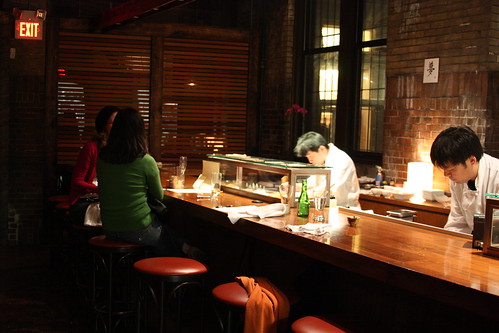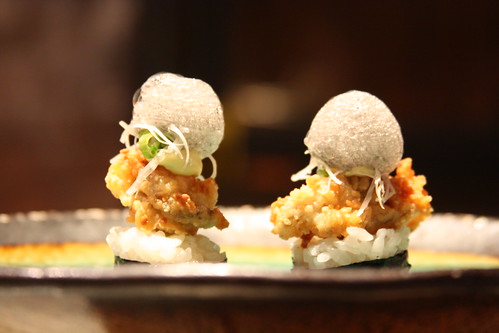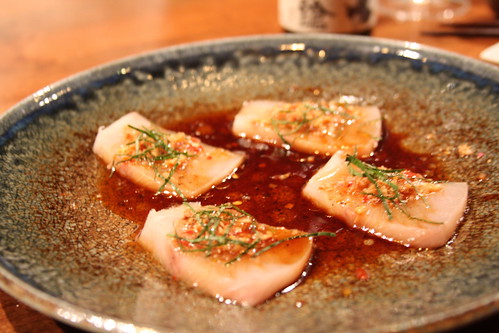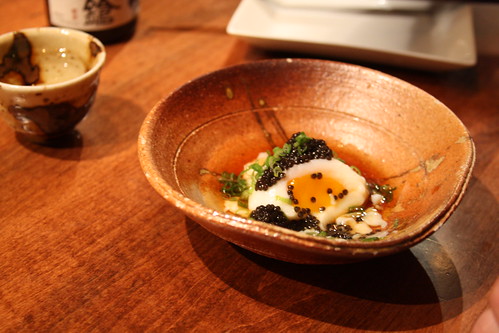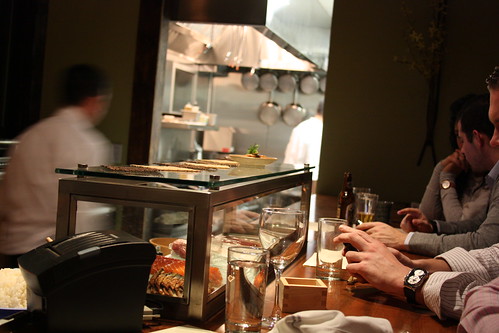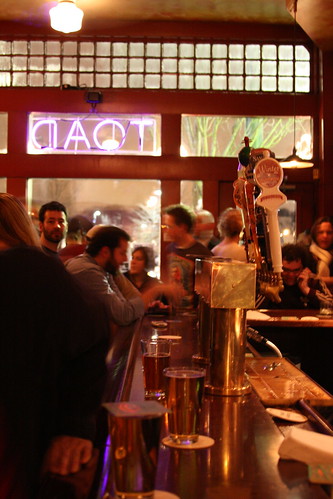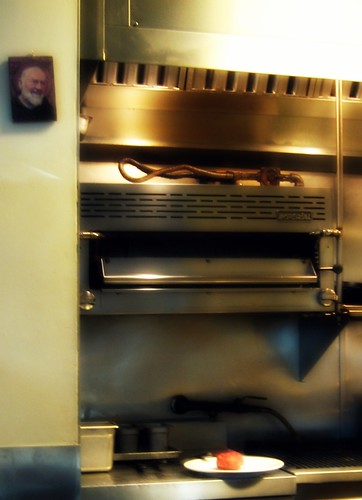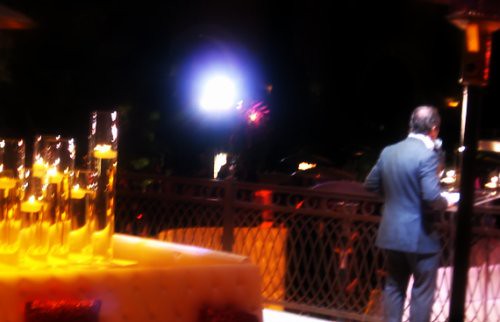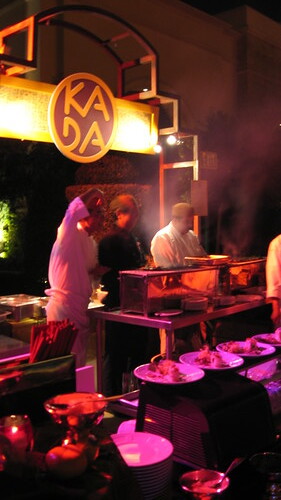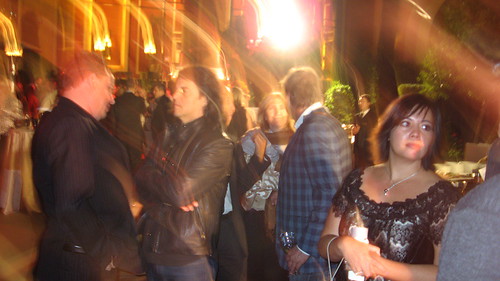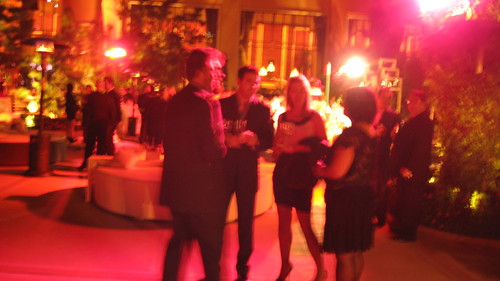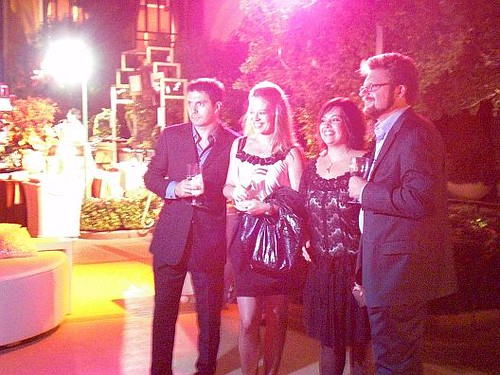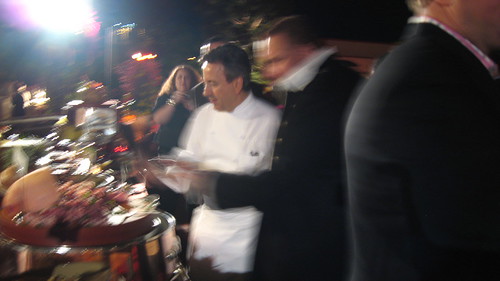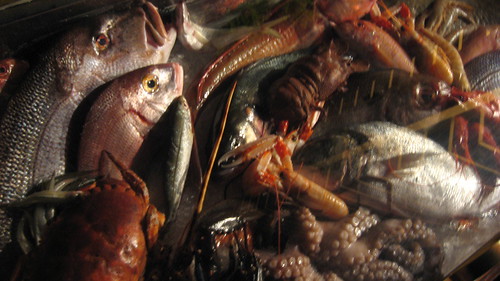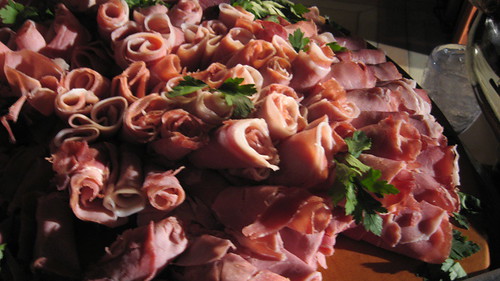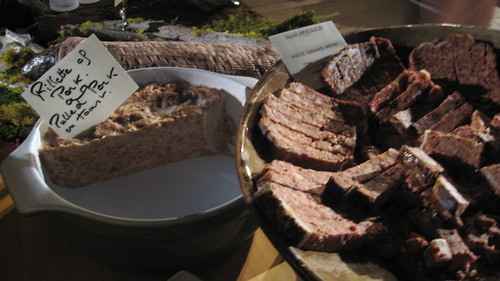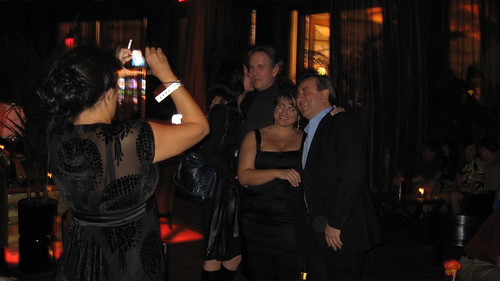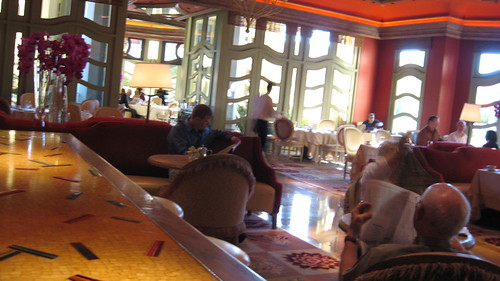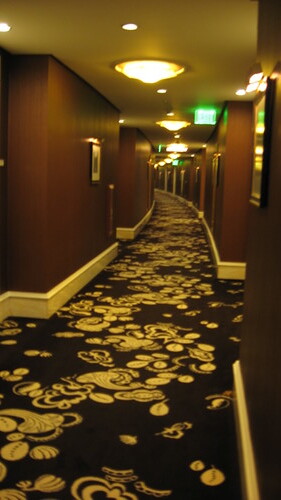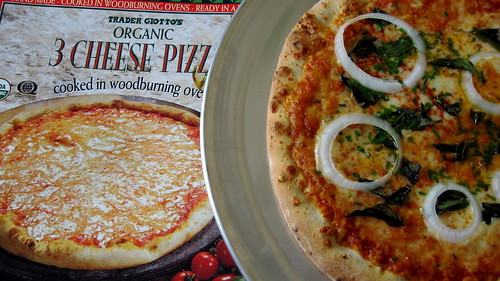
Like emergency room doctors and military personal, restaurant people don’t experience holidays like everyone else. Unlike doctors and the military, we don’t save or take lives. We just feed people who act like we do.
Restaurant people—as a group–are not part timers or after-school pick-up-shift dabblers. Restaurant people are passionate and hardened individuals that pay their bills by making or serving people food. We beat up our bodies (burn, cut, bruise, starve, deprive ourselves of sleep) and work extremely hard. And then, when it’s all over, we play hard and eat like Tudor kings.
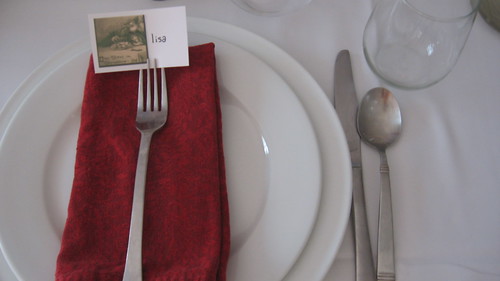
When you’re a restaurant person you say goodbye to your family’s holiday dinner traditions and say hello to one in the morning champagne toasts with a band of depraved co-workers. Holidays, for us restaurant folk, are required days of service that line our wallets with much needed cash. Holidays are where we make up for the slow weeks to come and take our licks for being on the receiving end of customer expectations. And if you’re lucky to work for a restaurant that closes for Thanksgiving and Christmas, these are the two days out of the year that you can count on not being called in to work last minute.
Though twenty-four hours to celebrate a holiday is an amazing thing, it often isn’t enough time for big city restaurant folk to make their way back to their family—as many food service professionals are transplants from towns all over the country. Since most restaurants don’t allow staff time off during holidays, more often than not holidays are spent with co-workers.
This is the world of restaurant orphans.
Hosting Thanksgiving dinner for orphaned restaurant friends is a tradition I started several years ago. Unlike the long-established Thanksgiving dinners of my childhood, this is a celebration of food peopled by passionate food lovers. Though the guest list may change year to year, there is one common characteristic: my guests are restaurant professionals that work extremely hard and beat up their bodies–burn, cut, bruise, starve, and sleep deprive themselves for the job–and when the shift is complete, they play hard and consume food (and wine) like Tudor kings.
Restaurant Orphan Thanksgiving 2008
Thanks to my many years toiling away in the Los Angeles dining scene and my current position at a critically acclaimed (and Michelin awarded) restaurant, the caliber of guests attending this year’s celebration was extraordinary. This year’s guest list included:
–sous-chef of Hatfield‘s, a Cal-French, Michelin-starred restaurant.
–general manager/managing partner of Osteria Mozza–Mario Batali, Joe Bastianich and Nancy Silverton’s three star Italian restaurant
–manager of Jose Andres’ newest restaurant concept, the Bazaar
–a 1980’s new wave rock and roll star
–a Los Angeles, expert wine retailer and son of a world famous Burgundy wine importer
–front of house staff from Hatfield’s and Pizzeria Mozza
–a dominatrix (don’t ask)
With twelve invited guests, it was clear I would need to rely on my friends’ culinary talents. I plotted a five-course menu that featured specific dishes that showcased culinary passions and wine pairing abilities. Two weeks before Thanksgiving, I sent the proposed menu to my guests and requested they bring a wine that would pair with their dish. I checked in with my friends over the few days before our dinner, and I was relieved to discover everyone’s excitement about their assigned course. Seeing the menu in advance was just what they needed to understand where their dish fit in. We were all good to go.
Thanksgiving day preparation
As the host, I was responsible for the turkey, stuffing, gravy and, with my heart set on doing more than just the basics, a Brussels sprout side dish. Knowing full well that I would need to stay focused, I planned the days before Thanksgiving very carefully.
After a fair amount of research, I decided to dry brine of my turkey. On the Sunday before Thanksgiving I went to the busy Hollywood Farmers’ Market to pick up my pre-ordered organic, free-range turkey from Healthy Family Farms (located in Fillmore).
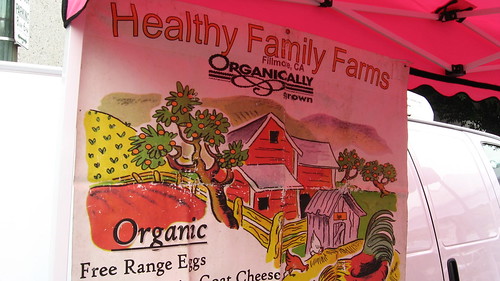
Based on the ravenous appetites of my friends, I purchased a 24-and-a-half-pound turkey. The locally raised, free-range organic bird cost $4/pound–but it was an easy purchase for both my conscience and pocketbook.
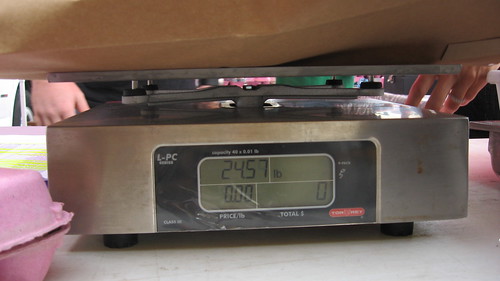
Once at home, I went straight to work. I followed the LA Times recipe (based on Judy Rodgers of Zuni Café’s dry brining technique), which consists of moderate salting and daily massaging of the bird. At almost 25-pounds, there was no denying the bird’s presence. Its strong legs, heavy body, pale skin, and blue veins reminded me daily of the sacrifice the bird made. Following three days of giving the bird gentle back massages and belly rubs, I felt a strange, almost sentimental connection to the turkey.
The day before Thanksgiving I prepped the chestnut, apple, and leek stuffing.

My husband and I peeled Brussels sprouts and, when we were finished, we rearranged our home.After careful reorganization, my husband and I turned our two-bedroom apartment into a small, twelve-seat restaurant with a comfortable lounge.


Thanksgiving Day

After a short run in the morning, I started work on the turkey. I felt a hint of anxiety start to build as I massaged butter and thyme under the bird’s skin and patted the residual moisture away. Would I be able to pull this off? Can a turkey this big still taste moist and tender. I soothed my nerves with a coffee break and a simple bowl of yogurt in our make-shift lounge.
My stress-free morning quickly ended, however, when I noticed two workmen with lawn equipment starting a gardening project just outside our first floor apartment. Carried on their shoulders were heavy, plastic sacks of steer manure—the very bags of cow dung I had eyed with curiosity ever since the pyramid of bags appeared on my landlord’s front garden, a few days prior. I watched in silent horror as the two happy men laid inches of cow dung onto the ground, just inches from my twelve-seat dining room.
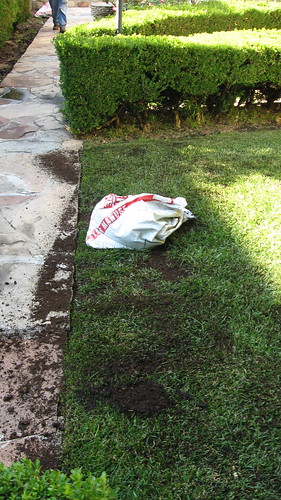

If my time in restaurants has taught me one thing–it is to expect shit to happen. With an ironic laugh, I shut all the windows, lit some candles, and went to cooking my turkey.
The recipe required a high temperature start and flipping of the bird in the first half hour of cooking. The browned backside of the turkey made me proud, but in my struggle to flip over the monstrous bird I mistakenly ripped some of the turkey’s delicate skin from the leg and breast. After some swearing, rubbing of butter on the exposed areas, and patching with a toothpick and extra neck skin, I returned my Franken-turkey to the oven.

Every thirty minutes for the next four hours, I basted the bird. A half-hour before the proposed final cooking time, I checked the bird’s internal temperature. When the meat thermometer’s line sped past 165° and hit 180°, I gasped in shock. Had my fears come true? Would I really be forced to serve dried out, sawdust flavored turkey? The thought of 24 pounds of failure chilled me to the core. Hoping for the best, I wrapped the browned turkey in tin foil, set it on the table to rest, and tried to forget about it.
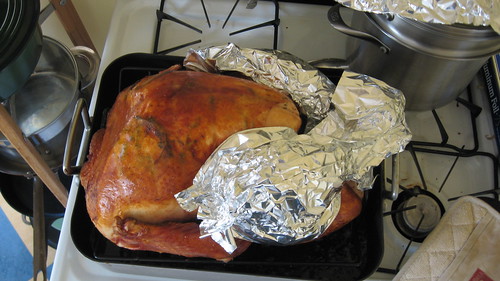
A half hour later–following the manager code of timeliness, my good friends David, the GM of Osteria Mozza, and his girlfriend Kate, a manager at The Bazaar, arrived at our appointed start time of 4 p.m. Minutes later Brian, the sous chef, and Lisa, the host of Hatfield’s, knocked on the door with their arms heavy with prep containers and coolers. The kitchen was a flurry of activity as David and Kate unloaded their milk-crate of pastries and numerous bottles of wine. Brian and Lisa unloaded a slew of plastic containers–a sort of portable mise-en-place–a beautiful apple pie, and containers still warm with cauliflower soup.
I conducted traffic, pulled plates from cabinets, directed dishes to serving tables, and kissed guests as I eyed the turkey drippings in the pan. I still needed to make the gravy, heat the stuffing, and prepare my Brussels sprout dish.
First course–appetizers
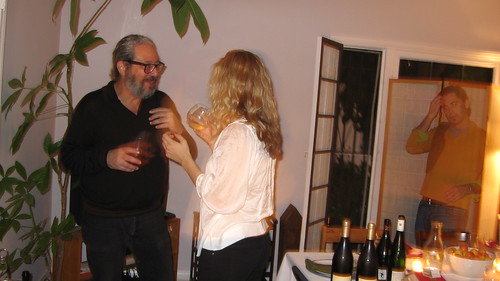
By five o’clock all of our guests had arrived. The restaurant orphans congregated in the living room with a glass of wine in hand and enjoyed Dan the wine seller’s contribution to the meal’s first course: an affetati misti, a delicious blend of dried, cured meats from Italy with a glass of Barbolini Lambrusco, a dry, sparkling red from Castelvetro DOC. Along with the salami purchased from the gourmet food seller, Joan’s on Third, Dan prepared a delicious Mediterranean dip consisting of anchovies, parsley, garlic, walnuts and salt cured black olives as well as pickled green beans.

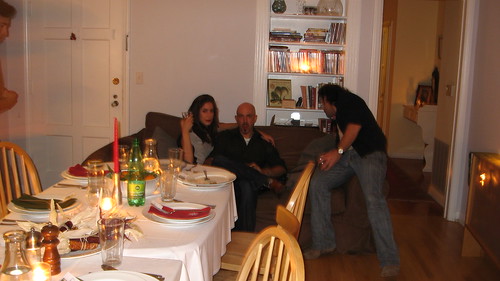
While guest nibbled, Brian coached me through my final dish preparation in the kitchen. Brian is all skills and technique, a rock in the kitchen. A host’s dream for sure. He smiled as I tossed my Gourmet Magazine recipe for gravy aside, and like a good teacher, Brian talked me through the steps of crafting a gravy from the ingredients we had on hand.
When it came to separating the pan drippings from the residual fat (and butter) from the turkey, Brian had me ditch my thoroughly confusing gravy separator, and coached me to pour the turkey drippings into a metal prep dishes. We cleared room in the freezer and left the liquid to chill. Like magic, after several minutes the fat hardened on the surface of the bowl–making the separation of fat from juice incredibly simple.
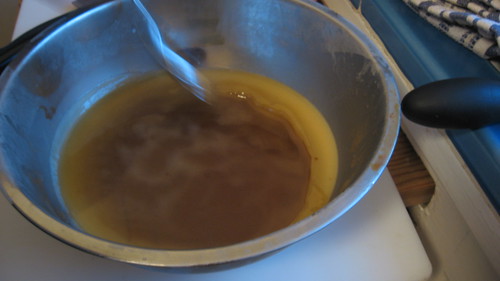
Between cooking lessons, Brian warmed his perfectly thick puree of cauliflower soup on the stove. When it was ready to be served we deep fried his chiffonade of sage in grapeseed oil (for its ability to be heated to high temperatures without burning). Pilar—a beautiful Spanish server from Pizzeria Mozza—and I cleared the kitchen counter and, in the style of a kitchen brigade, plated all 12 bowls of soup at once.
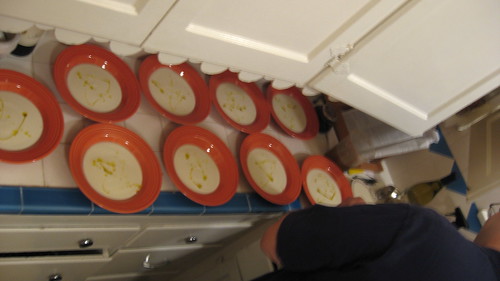
“We need runners!” a common call from any kitchen line, was sung as three professional servers/guests swooped in, snatched up plates, and presented the soup in less than a minute.
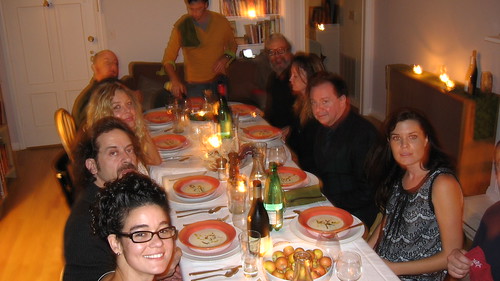
Thanksgiving Menu 2008
Cauliflower and almond soup
With lemon oil
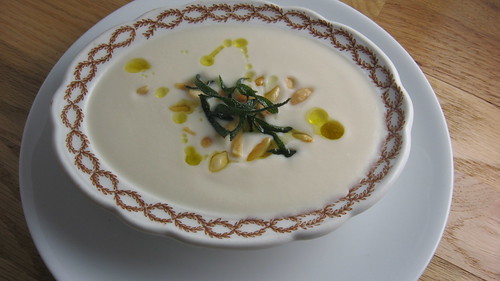
Paired with
François Chidaine
Clos du Breuil
Montlouis sur Loire, 2006
Mixed green salad with roasted beets and goat cheese
With a orange vinaigrette
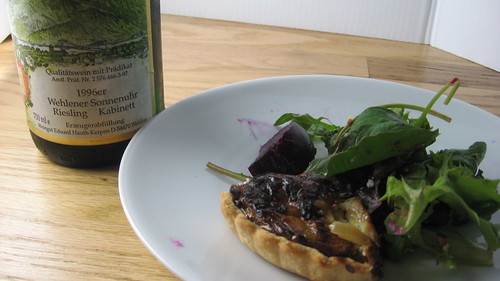
Paired with
Wehlener Sonnenuhr
Riesling Kabinett
1996
When the last guest finished spooning the final mouthful of soup, a fleet of hands swooped in to clear the dishes. Out of habit, Pilar opened her hand and paused before taking away an empty dish. “May I (clear)?” she asked, and burst out laughing, realizing her inability to stop being a professional server—even on her day off.

Pilar and I donned our orange work aprons and went to washing dishes between courses. Meanwhile, without any fanfare, Brian began carving the turkey. As the first pieces were sliced from the bird, I held my breath as I watched him sample the meat.
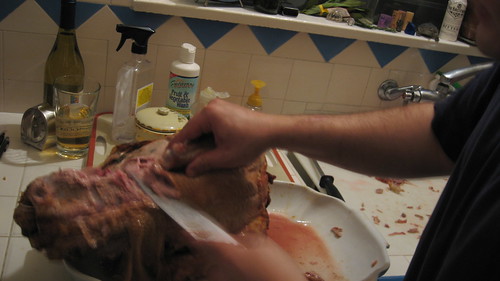
“How is it?” I asked, nervously.
“In a word?” Brian paused, “Amazing.”
I said a silent prayer of thanks to the Turkey cooking gods and went back into server mode. It was time to serve the meal.
2nd course
Roasted, brined turkey
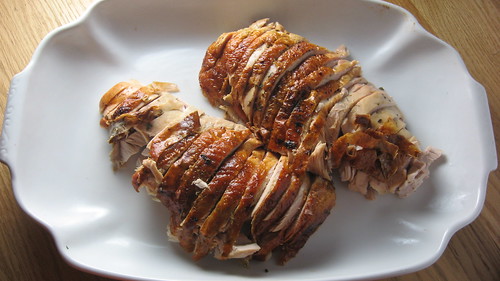
Paired with
Louis Jadot
Savigny-les-Beaune
Clos des Guettes
2005
R. Lopez de Heredia Vina Tondonia, S.A.
Vina Bosconia
Red Rioja
1999
Chestnut, apple and leek stuffing
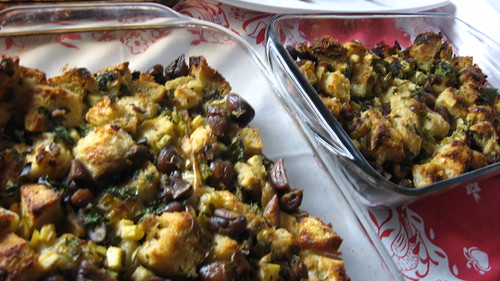
Cranberry grapefruit compote
Brussel sprout leaves with pistachio and lemon
Sweet Yam puree with maple syrup and roasted walnuts

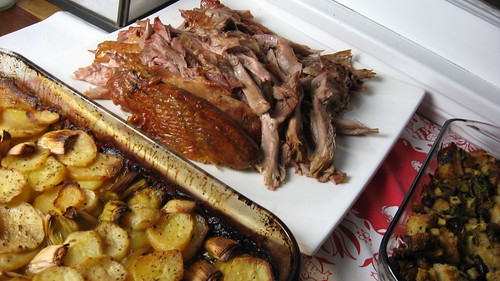
Paul’s Potato gratin
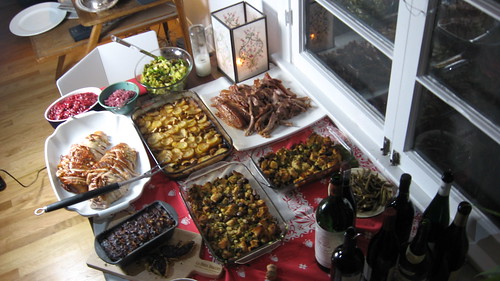
Gerry helps me light my food:

Sitting down with a full plate of food was an incredible relief. The bird was juicy, moist, and most importantly, tasted like a bird. The dry brine helped retain moisture while maintaining a truly flavorful taste. It was, by far, the best turkey I have ever tasted.
As guests shared stories and swapped glasses of wine, we relaxed and enjoyed the array of food on our plate. Sweet yams were creamy and thick with flavor. The earthiness of the turkey paired beautifully with the bitter and sweet cranberry compote. The buttery gratin offered the traditional flavors of potato while staying away from boring mashed potatoes. The big chunks of stuffing were scented with roasted chestnuts, buttery leeks and sweet and salty apples.
As friends went back for seconds, I dipped my spoon into Brian’s amazing sweet yam puree. The yam’s creamy texture and natural sweetness was the kind of dish I couldn’t be trusted around. I would have eaten the whole thing myself if it wasn’t for:
3rd course
Assorted cheeses
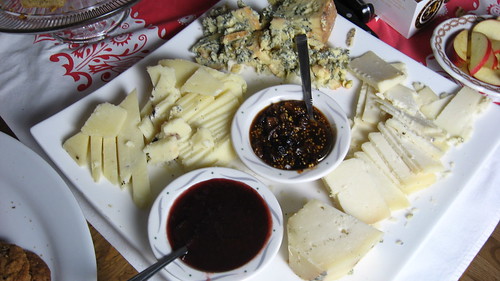
Paired with
Dow’s Vintage Porto
1985
4th course
Assorted desserts:
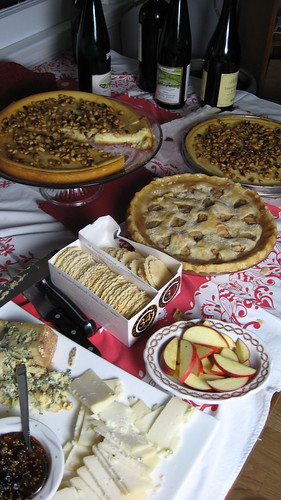
Apple Pie
Paired with
Elderton Botrytis Semillon
2007
Torta della Nonna
Some twenty bottles of wine later (remember–we restaurant people eat and drink like Henery the 8th) the night came to a hazy, happy close.
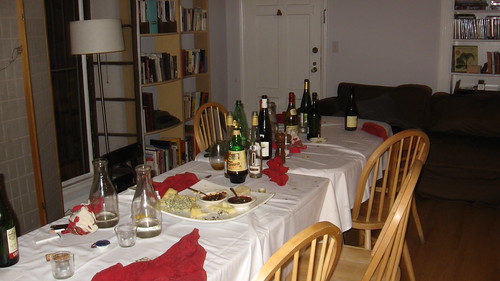

With all hands on deck we quickly cleaned the house, ushered people to cabs, and said good night.
I can’t wait to do it all over again.
Recipe for Roast Salted Turkey
Slightly modified recipe from the LA Times
1 turkey (12 pound? 15 pound? 25 pound? It’s all up to you)
1 stick of butter
fresh thyme
2 apples, quartered
2 onions, quartered
Kosher salt
1. Wash the turkey inside and out, pat it dry and weigh it. Measure 1 tablespoon of salt into a bowl for every 5 pounds the turkey weighs (for a 15-pound turkey, you’d have 3 tablespoons).
2. Sprinkle the inside of the turkey lightly with salt. Place the turkey on its back and salt the breasts, concentrating the salt in the center, where the meat is thickest. You’ll probably use a little more than a tablespoon. It should look liberally seasoned, but not over salted.
3. Turn the turkey on one side and sprinkle the entire side with salt, concentrating on the thigh. You should use a little less than a tablespoon. Flip the turkey over and do the same with the opposite side.
4. Place the turkey in a 2 1/2-gallon sealable plastic bag, press out the air and seal tightly. Place the turkey breast-side up in the refrigerator. Chill for 3 days, leaving it in the bag, but turning it and massaging the salt into the skin every day.
5. Remove the turkey from the bag. There should be no salt visible on the surface and the skin should be moist but not wet. Wipe the turkey dry with a paper towel, place it breast-side up on a plate and refrigerate uncovered for at least 8 hours.
6. On the day it is to be cooked, remove the turkey from the refrigerator and leave it at room temperature at least 1 hour. Preheat the oven to 425 degrees.
7. Rub butter and herbs under skin, being careful not to tear skin.
8. Quarter two onions and two apples. Stuff in cavity.
9. Place the turkey breast-side down on a roasting rack in a roasting pan; put it in the oven. After 30 minutes, remove the pan from the oven and carefully turn the turkey over so the breast is facing up. (It’s easiest to do this by hand, using kitchen towels or oven mitts)
10. Reduce the oven temperature to 325 degrees, return the turkey to the oven and roast. **Every half hour, turn the baking dish and baste turkey with butter. Check bird’s internal temperature in the deepest part of the thigh, but not touching the bone. Stop roasting when the thermometer reads 165 degrees, about 2 3/4 hours total roasting for a 12-16 pound bird. About 3.5 hours for a 24 pound bird.
11. Remove the turkey from the oven, transfer it to a warm platter or carving board; tent loosely with foil. Remove apples and onions from the cavity and discard. Let stand at least 30 minutes to let the juices redistribute through the meat. Carve and serve.
Chestnut, leek, and apple stuffing
modified from Gourmet (November, 2008)
10 cups white bread cubes (crusts discarded)
3 large leeks (white and pale green parts only). Rinsed well then cut into 1-inch pieces (4 cups)
1 ½ sticks unsalted butter
4 celery ribs, sliced ¼ inch
1 tbsp chopped, fresh thyme
4 tart heirloom apples, peeled and cut into ½-inch cubes
1 jar of roasted chestnuts (16 oz.), halved
1 cup half and half
1 cup buttermilk
3/4 cup chopped flat-leaf parsley
–Preheat oven to 350ºF with racks in upper and lower position. Bake bread cubes on a four-sided sheet pan on the top rack for about 20 minutes, or until dry and slightly golden brown.
–wash leeks well. Submerge in a large bowl of water to remove grit.
–Melt butter in a large (12-inch) heavy skillet over medium heat. Add leeks and celery and cook for about 10 minutes until the vegetables become soft. Add thyme, apples, 1 ½ tsp salt, and 1 tsp pepper and cook—cover if possible—and stir occasionally, until apples are tender, about 5 minutes. Transfer mixture to a bowl and toss with toasted bread, chestnuts, cream and buttermilk, parsley, ½ tsp salt, and ¼ tsp pepper.
**Stuffing can be pre-assembled (but not baked) 1 day ahead. Bring to room temperature before baking.
When ready, preheat oven to 450ºF and bake in lower third of oven until the stuffing is heated through and the top is golden, about 30 minutes.
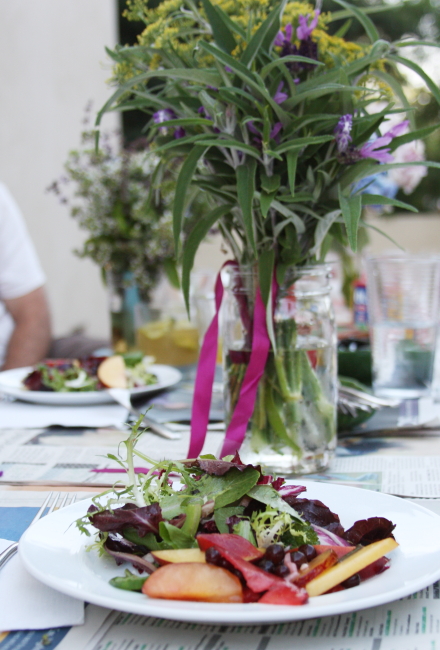 I love eating salads, don’t get me wrong. But when it comes to eating out, I skip the leafy greens for the instant gratification of ordering a complex entrée that takes just minutes to come to the table, rather than hours of preparation at home. When I go out I want to have fun. When I’m home I want to keep it simple.
I love eating salads, don’t get me wrong. But when it comes to eating out, I skip the leafy greens for the instant gratification of ordering a complex entrée that takes just minutes to come to the table, rather than hours of preparation at home. When I go out I want to have fun. When I’m home I want to keep it simple.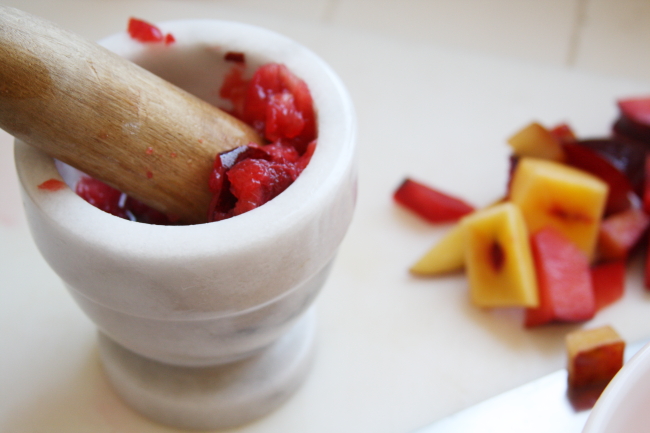 [print_link]Suzanne’s Fruit Salad
[print_link]Suzanne’s Fruit Salad


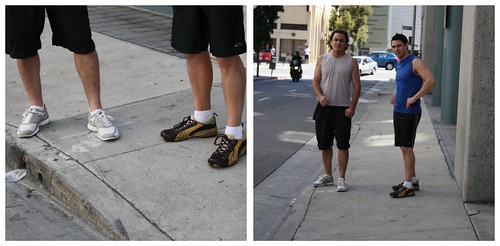
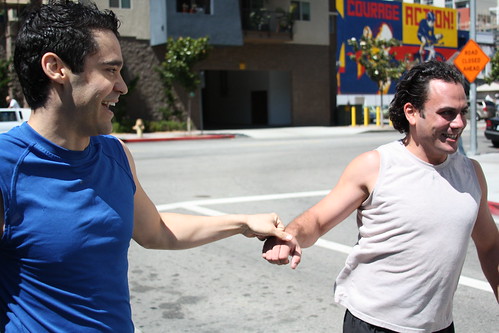
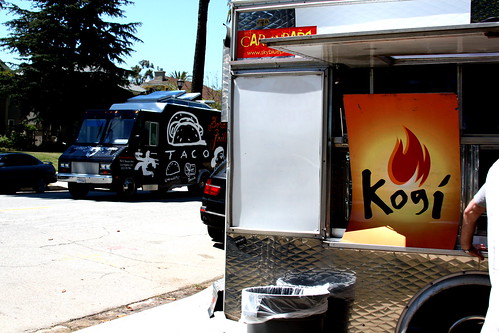
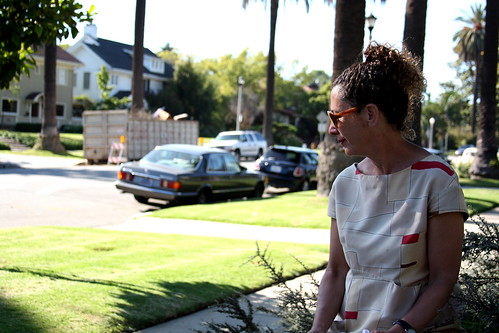

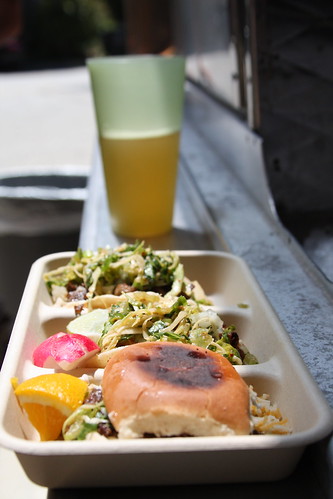


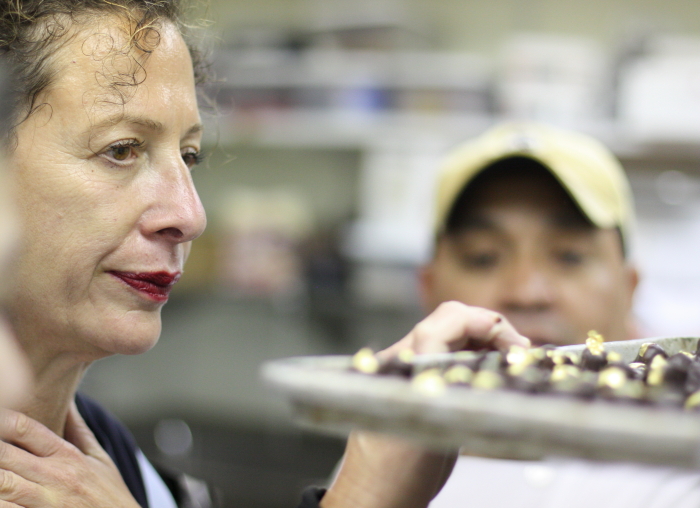
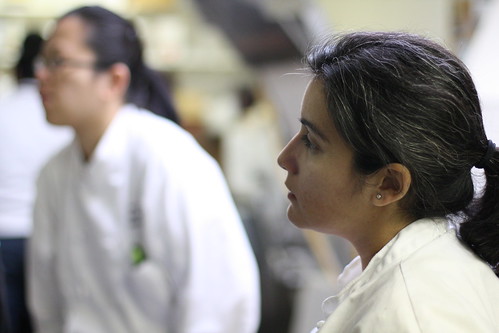
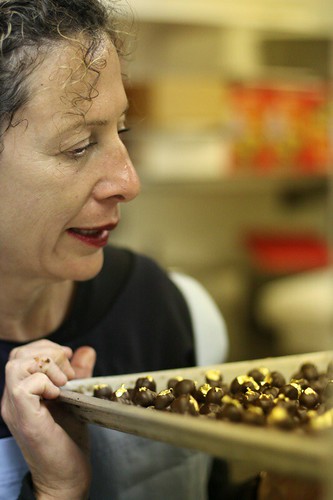
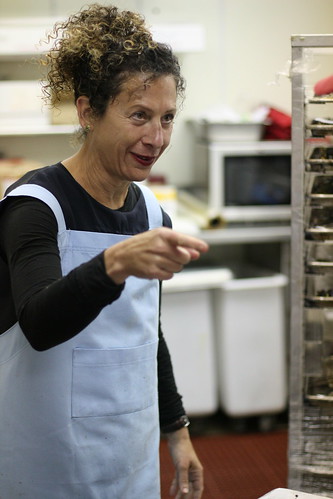

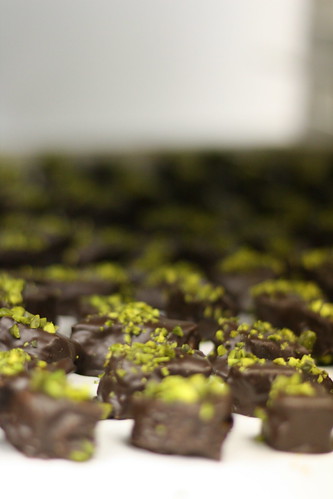
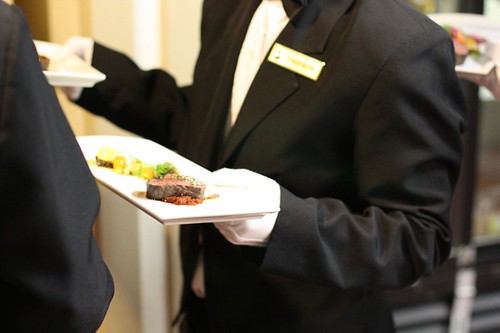
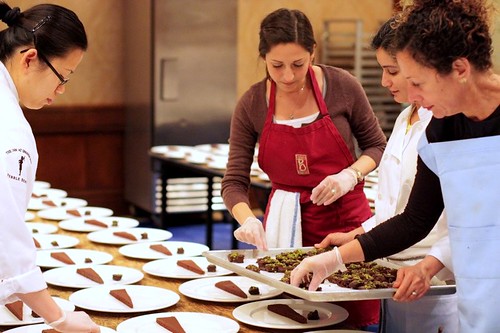
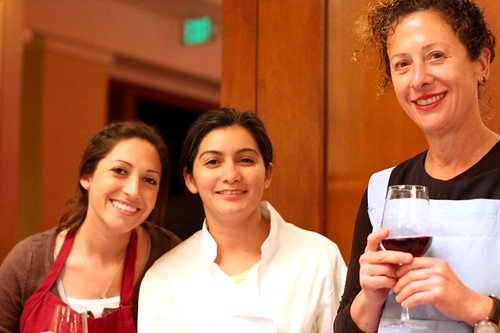

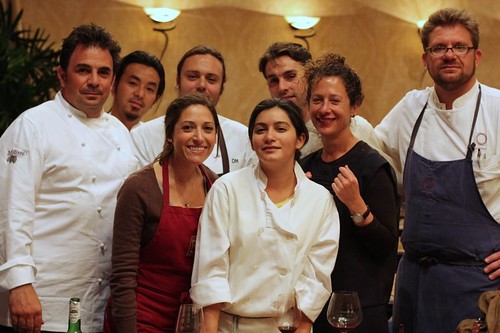
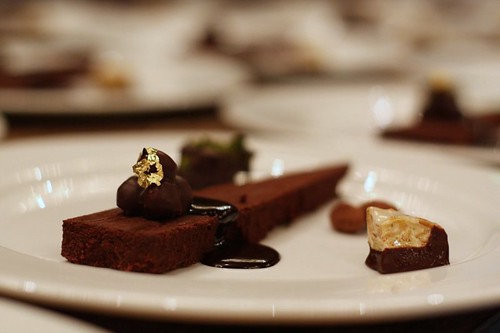

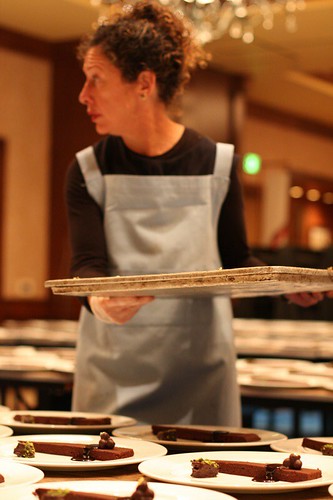
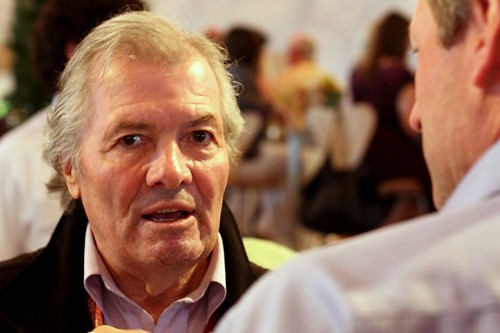
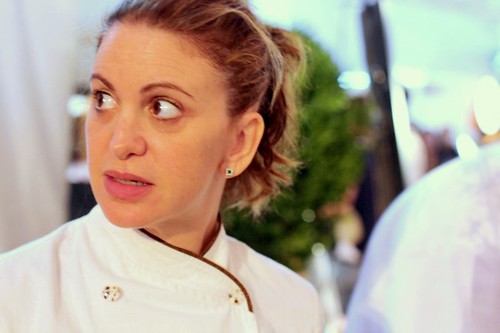
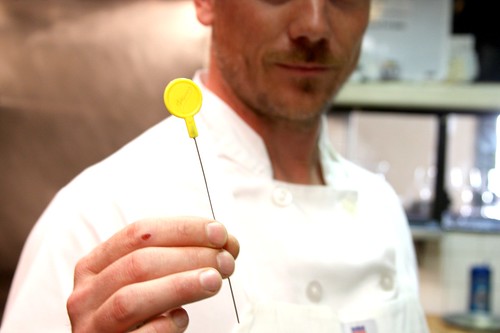
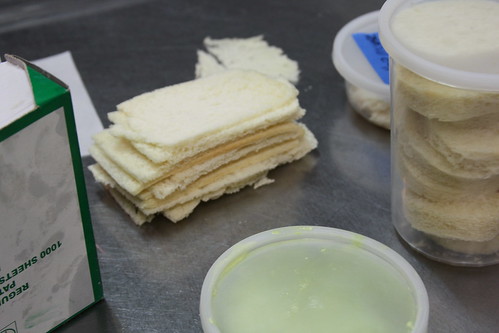
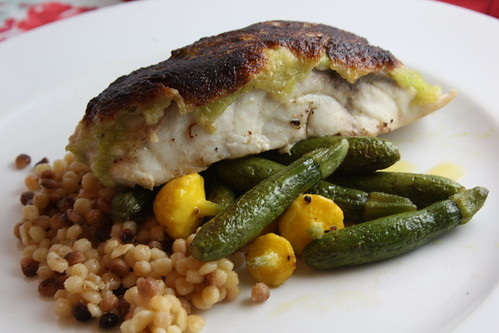
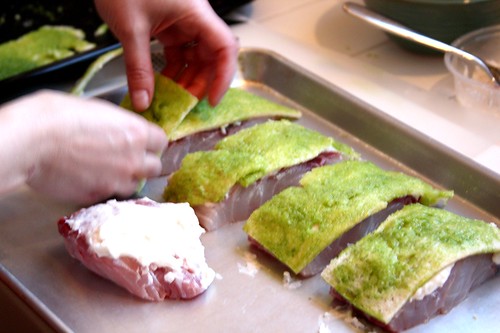
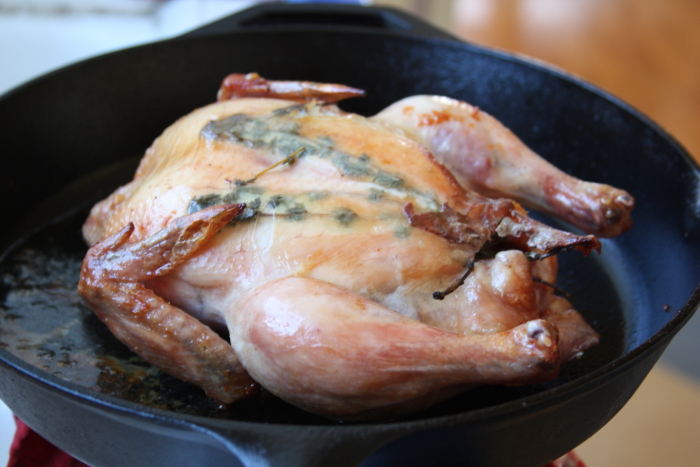
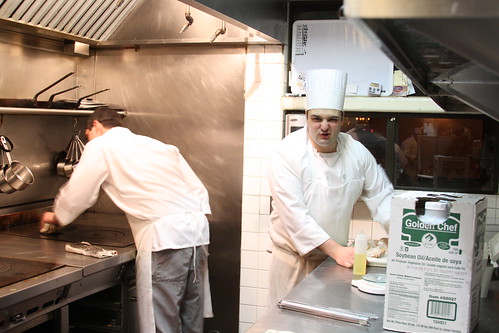

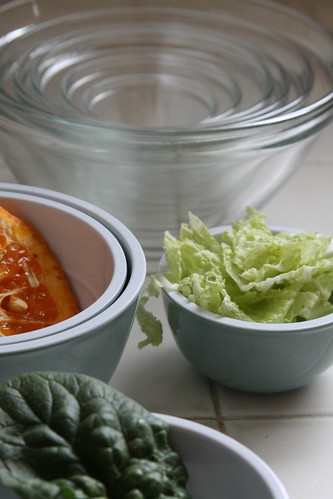
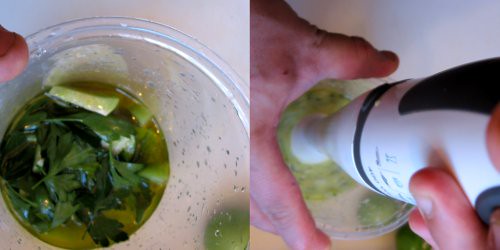

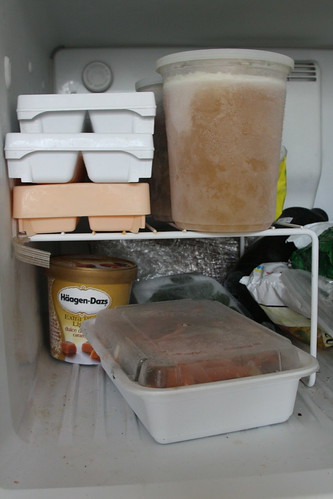
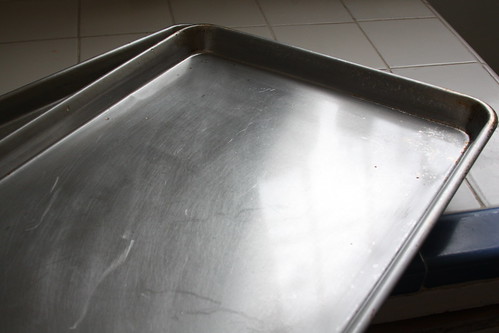

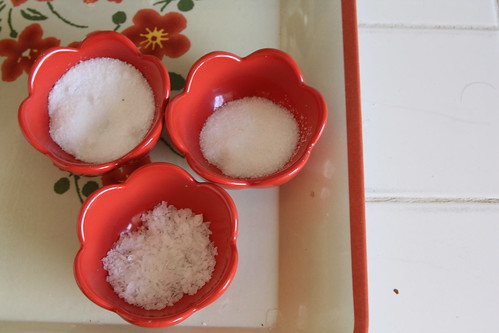

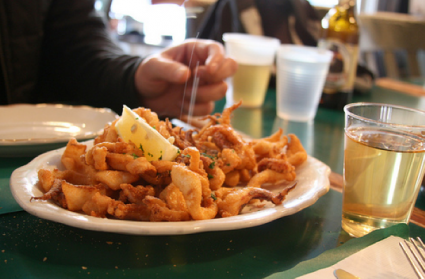
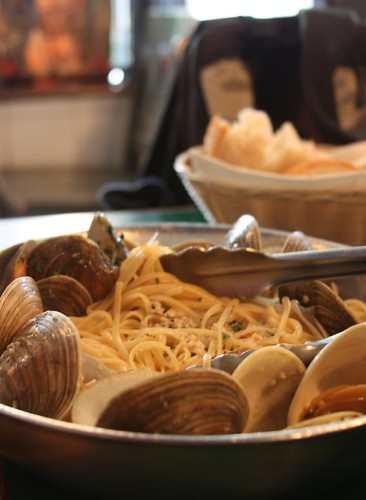
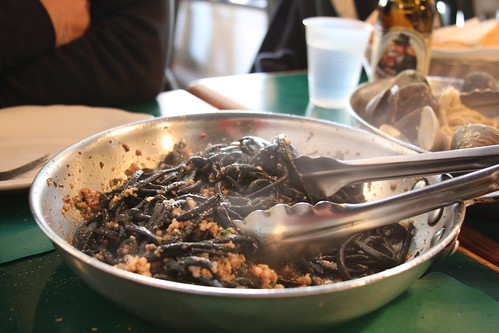

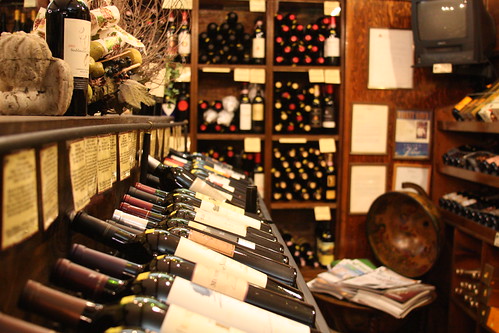
.jpg)




